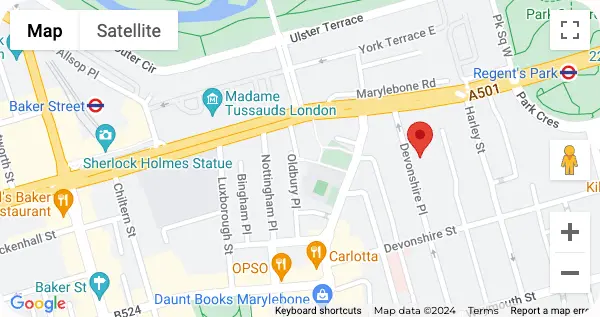Deep Scars
What is Sagging or Drooping Breasts?
Sagging or drooping breasts, or breast ptosis, are a condition that occurs when the skin and supportive tissues of the breast lose their elasticity or firmness, so that the breasts sit lower on the chest. Breasts sag when the skin stretches and the ligaments that hold them up weaken. This is a natural process that occurs over years of genetic aging, weight changes, pregnancy and breastfeeding.
Types of breast ptosis:
Mild Ptosis (Grade 1): At this early stage, the nipple is level with the inframammary fold, or slightly below it. There can be a minor loss of upper breast fullness, but the figure still looks better–shaped.
Moderate Ptosis (Grade 2): At this stage, the nipple is below the inframammary fold but still above the lower part of the breast tissue. The volume in the upper breast disappears and the lower breast seems heavier.
Severe Ptosis (Grade 3): In severe ptosis, the nipple is very low on the breast and faces downwards. The breast tissue sits low off the chest, causing a deflated, sagging look.
Pseudoptosis (False Ptosis): In pseudoptosis, the nipple stays at or above the inframammary fold, but the lower breast tissue droops. This gives an upper breast hollowed-out appearance, causing the breasts to appear droopy, even though the nipple hasn’t noticeably moved.
Parenchymal Maldistribution (Lower-Pole Hypoplasia): Parenchymal maldistribution is a condition caused by breast that is not typical form, which looks underdeveloped at the top and fuller at the bottom. When elevated, the breast tissue may create a hollow scoop instead of a rounded, natural arc. This type of ptosis is also sometimes called tubular breasts or lower-pole hypoplasia.











